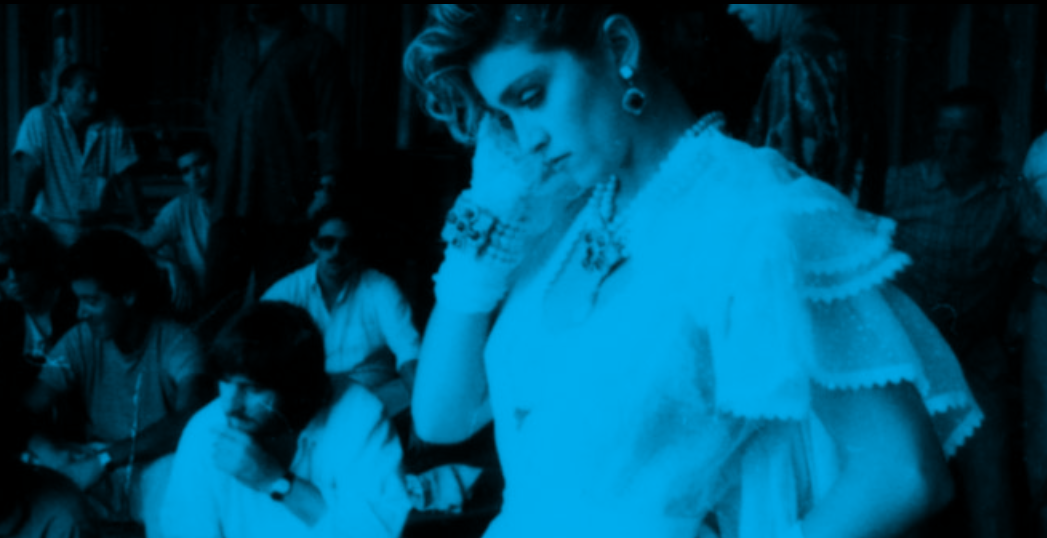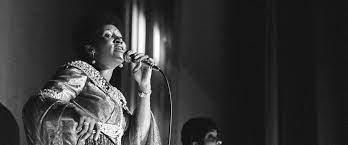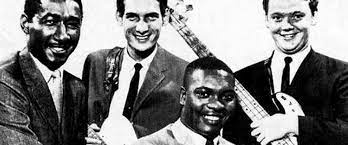About This Lesson
This lesson explores several strands of the musical “DNA” that make up the beat of popular music. Looking to the past, this lesson asks what it means to call music “Afro-Cuban” “Afro-Caribbean,” or more broadly, “African-American.” Students will use Soundbreaking clips of Santana and Beyoncé and the Soundbreaking Rhythmic Layers TechTools to locate in American popular music influences stemming from the African-American church, Latin America and West Africa. Students will then explore the ways “the beat” of this music has, to some listeners, been perceived as “dangerous” while, for others, it is believed that music has been able to challenge obstacles of racism and segregation, bringing people from varied ethnic groups and lifestyles together in ways that words and laws could not.













